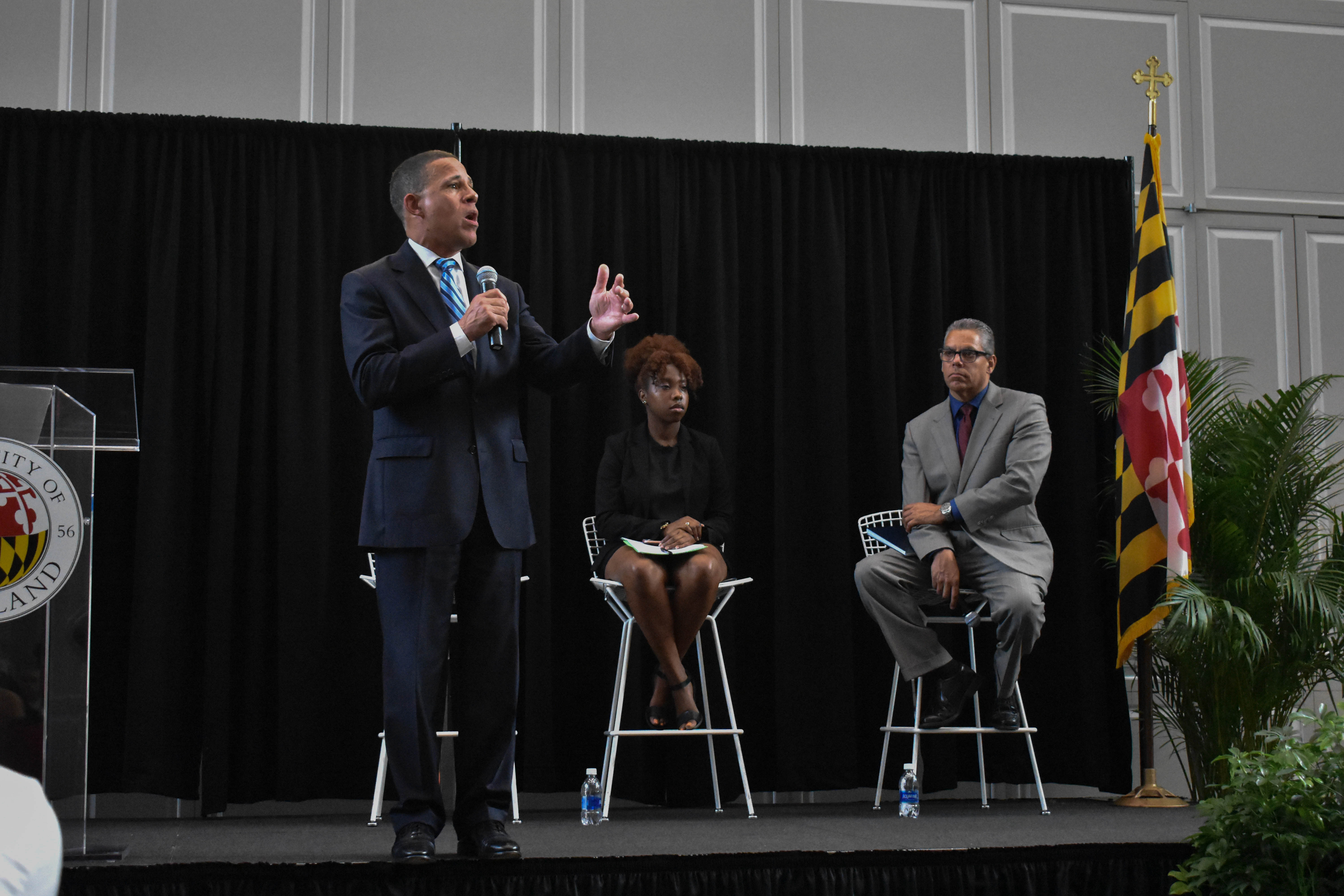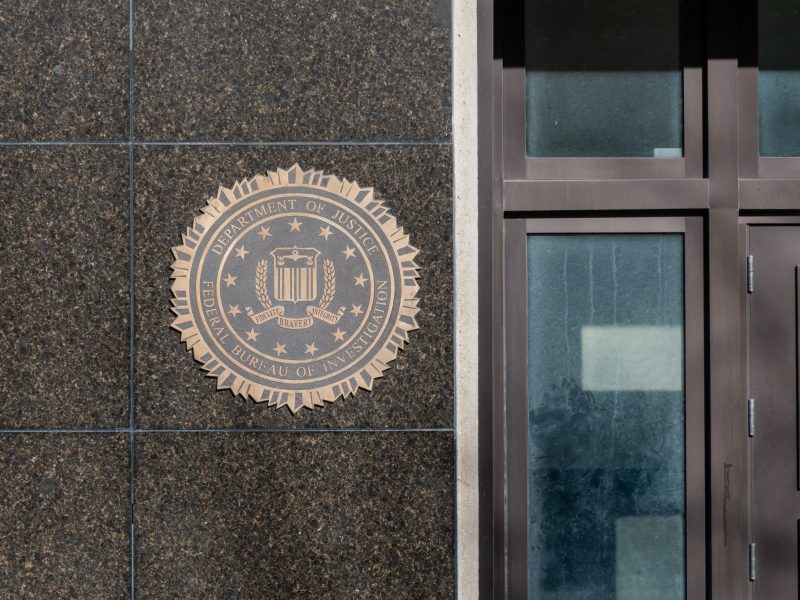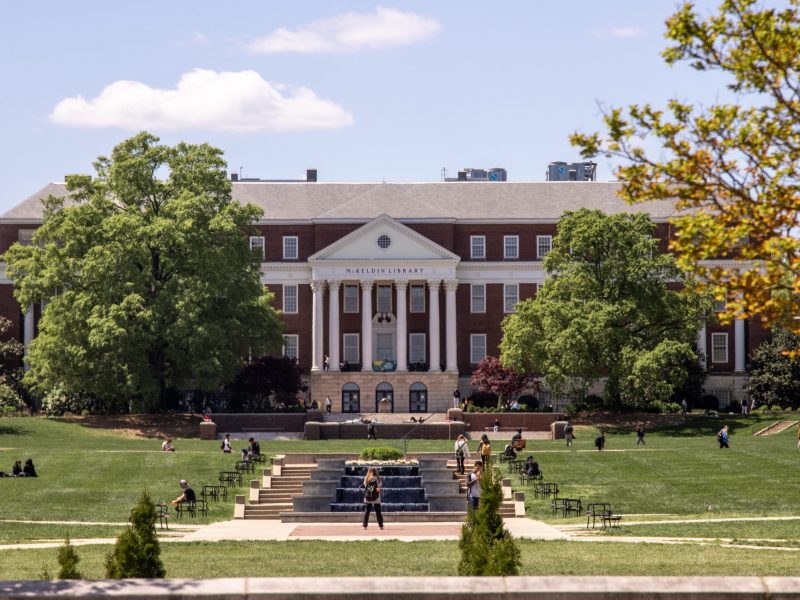U.S. Rep. Anthony Brown (D-Md.) introduced a bill last week to dismantle a statue of Confederate Gen. Robert E. Lee from Antietam National Battlefield in Sharpsburg.
Reps. John Delaney (D-Md.) and Jamie Raskin (D-Md.) co-sponsored the Robert E. Lee Statue Removal Act, which would require the interior secretary to create a plan for the statue’s removal within 90 days of the legislation’s enactment, as well as to submit a report to Congress that details the next steps, including a timeline for the dismantling within 120 days, according to a Sept. 15 news release.
“Statues and monuments ought to celebrate the brave individuals who have fought and died for our country and true American values,” Brown said in a statement. “The statue of Lee commemorates a man that owned and beat African Americans, and fought to preserve the institution of slavery.”
The legislation was introduced on the 155th anniversary of the Battle of Antietam, also known as the Battle of Sharpsburg after where it was fought.
Commissioned by a private citizen for private land, the 24-foot statue of Lee was dedicated in 2003, nearly 140 years after the end of the Civil War, according to the release. But in 2005, the National Park Service acquired the land, which made it federally owned.
NPS officials were not available for comment.
“I believe that our government should spend resources to accurately record historical events and personages — the good, the bad and the ugly — in museums and schools, public universities and other educational contexts,” Raskin wrote in an Aug. 15 statement about Confederate monuments. “But our government should never be in the business of glorifying and lionizing enemies of the United States, Confederate generals, racist ideologues and traitors to the Union.”
The removal of these statues comes after events in Charlottesville, Virginia, more than a month ago, when protesters organized a rally after a statue of Robert E. Lee was slated for removal. The protest turned violent, and a man drove through the crowd of counterprotestors, killing 32-year-old Heather Heyer and injuring 19 others.
“When Klansmen, neo-Nazi skinheads, and other white supremacists overtook Charlottesville to intimidate the city and demand reversal of its decision to take down a statue of Robert E. Lee, they intensified public debate over the propriety of placing and maintaining monuments to Confederate generals, white supremacist agitators and slave masters on public lands,” Raskin said in the statement. “The chilling events in Charlottesville […] have reminded Americans of the murderous dangers of white supremacy and racial terror in our land.”
All four of Baltimore’s Confederate statues were removed in the early hours of Aug. 16.
Two days later, a statue of former Supreme Court Justice Roger B. Taney that had been outside the Annapolis State House for 145 years was removed, following a decision by the State House Trust, a four-member board chaired by Gov. Larry Hogan. Taney authored the court’s 1857 Dred Scott decision that declared blacks would never be considered U.S. citizens.
“Statues and monuments meant to glorify Confederate leadership don’t belong on federal land,” Delaney said in the news release, “and they should be taken down unless they serve the clear purpose of educating people about American History and are placed by historians in their proper context for that purpose.”



